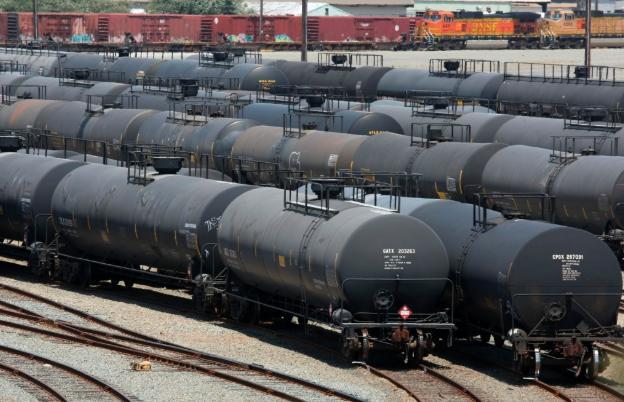Choosing which kind of lease best suits the needs of a lessee is dependent upon many factors. After identifying a need for cars and determining whether to buy or lease, lessees must evaluate pricing between leasing companies. Price is the amount of money charged per car per month, and is affected by equipment demand & availability, lease terms & conditions, and railcar specifications.
What drives price?
Equipment demand. The availability of a given type of railcar, at a given point in time, has the largest impact on the lease rate that a lessee will be offered when they are in the market to lease railcars. It doesn’t matter how large or small the overall size of the fleet is for the type of railcar the lessee is seeking. What matters is the number of cars in that fleet that are available for lease at that given point in time. This is the basic economic principle of supply and demand – when the supply is too great for the demand, more cars are available for lease and lease rates decline. Conversely, when a fleet has a high rate of utilization, which indicates greater demand, lease rates increase. A good barometer for this is the railcar surplus, which is defined as the number of railcars that are currently underutilized and in storage. The larger the railcar surplus, the lower lease rates will be. The former is ideal for lessees, and the latter is preferred for lessors.
Freight demand. Railcars exist to move freight, and the overall demand for rail freight transportation drives the equipment demand for railcars. There are many different commodity/railcar type segments, and each segment will have its own supply/demand balance that will largely be determined by they amount of freight available to support the particular railcar fleet.
A shipper seeking to lease railcars in a particular segment must not only consider their own current and future shipment volume needs. They must also consider this against the overall freight demand in that segment, as well as the availability of railcars serving that segment. This affects the number of cars they need to lease, and the terms and conditions they will seek from their lessors— a key component in leasing.
The ideal situation for a lessee is for high shipment volumes to coincide with high railcar availability, which would likely result in lower lease rates. Many commodities shipped via rail are closely tied to the economy, while others remain relatively stable over time. For example, the construction industry is heavily dependent upon the economy. The market slows when the economy is doing poorly but expands during periods of economic stability or growth. Shippers of construction products, or other goods tied to the economy, must consider the market outlook when agreeing to a lease term, which is the duration of a lease.
Lease term. Generally, the longer a lessee is willing to commit to a car, the lower the lease rate will be. Lessors offer a lease rate discount for a longer lease term, which the lessor views as lowering its market risk. This is a similar concept to a consumer purchasing a vehicle – choosing to finance a car over a longer period of time means a lower interest rate and lower monthly payments, as opposed to paying it off more quickly by making larger monthly payments.
While this is typically true of railcar leases, it is not a hard and fast rule. Some leasing companies may feel confident in their ability to re-market their cars and will not offer lease rate discounts for longer terms, instead preferring shorter duration leases that come with a higher monthly rate. This allows them to string together multiple back-to-back leases at a higher rate than if they had agreed to a longer-term lease at a lower rate. Interest rates can also be a consideration for a lessee when selecting a lease, particularly when new railcars are involved.
